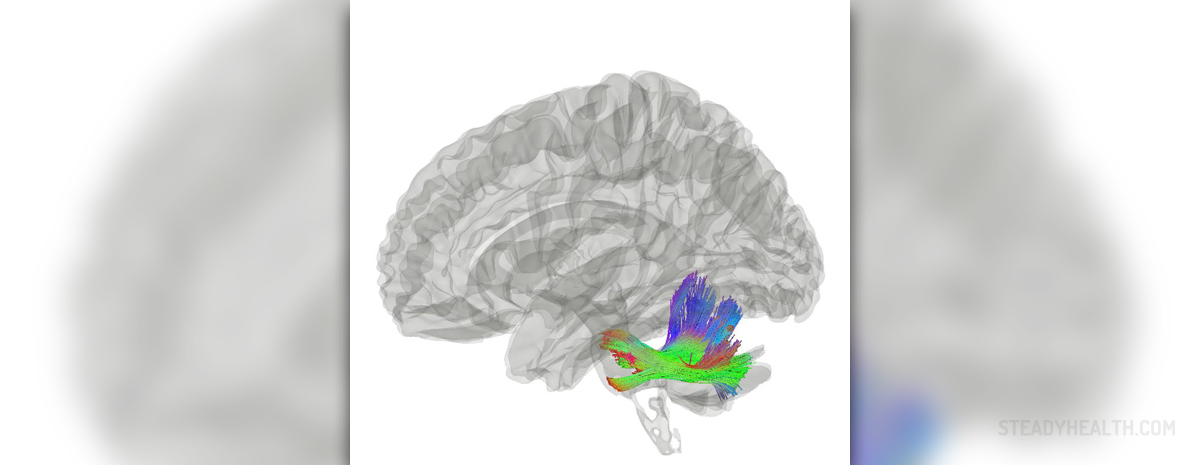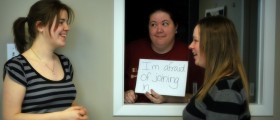
Spinocerebellar ataxia or abbreviated SCA is a rare genetic disease, degenerative and progressive in nature. There are 11 different types of this disorder but in all of them there is a degeneration of the spinal cord and the brain. The health of these patients deteriorates extremely quickly.
Symptoms and Signs of Cerebellar Ataxia
The part of the brain that gets affected by this disease is cerebellum. It normally regulates complex voluntary muscle movements, and is integral part of the balance and posture of a person. So, when cerebellum degenerate, this leads to many different symptoms, all connected to the muscles. People lose the coordination of their hands and experience eye movement and speech problems.
Ataxia is one of the main symptoms, characterized by inability to maintain some basic muscle coordination, such as coordination of the left and right leg or eye and hand. These patients also experience slurred speech, speaking problems like incoherent speech. Some of them might also be disabled to comprehend the language and speak in it (which is known as aphasia).
There is also a problem with movements, because the person might experience irregular spasms, which can be of different intensity. Paralysis below the waist line is also one of the problems associated with cerebellar ataxia. Paralysis is temporary but can vary in duration depending on the particular patient and it usually affects the calf or thigh muscles.
Bad posture or hunch-back is also characteristic for people suffering from cerebellar ataxia, since their spine gets damaged and provokes this condition.
Treatment Options
Unfortunately, there are no cures for cerebellar ataxia. If you happen to notice some of the above mentioned symptoms in someone from your family or friends, it’s best to take this person to see the doctor, preferably a neurologist. The specialist will be able to assess the situation and properly diagnose the condition.
Even if the disease is not curable, there are still some treatment options for the patients suffering from this condition. The therapy will be able to control some of the symptoms, but it can’t stop the progression of cerebellar ataxia.
The disease is treated with the combination of medications and vitamins that should be prescribed and recommended by your neurologist. The treatment always depends on the type of the disease, cause of the condition and present symptoms. Many patients also experience some additional symptoms, indirectly caused by their disease, such as sleeping problems or depression, and their doctors should address those issues too. Patients are advised to be independent as much as possible and to use adaptive devices for walking and communication.

















Your thoughts on this
Loading...